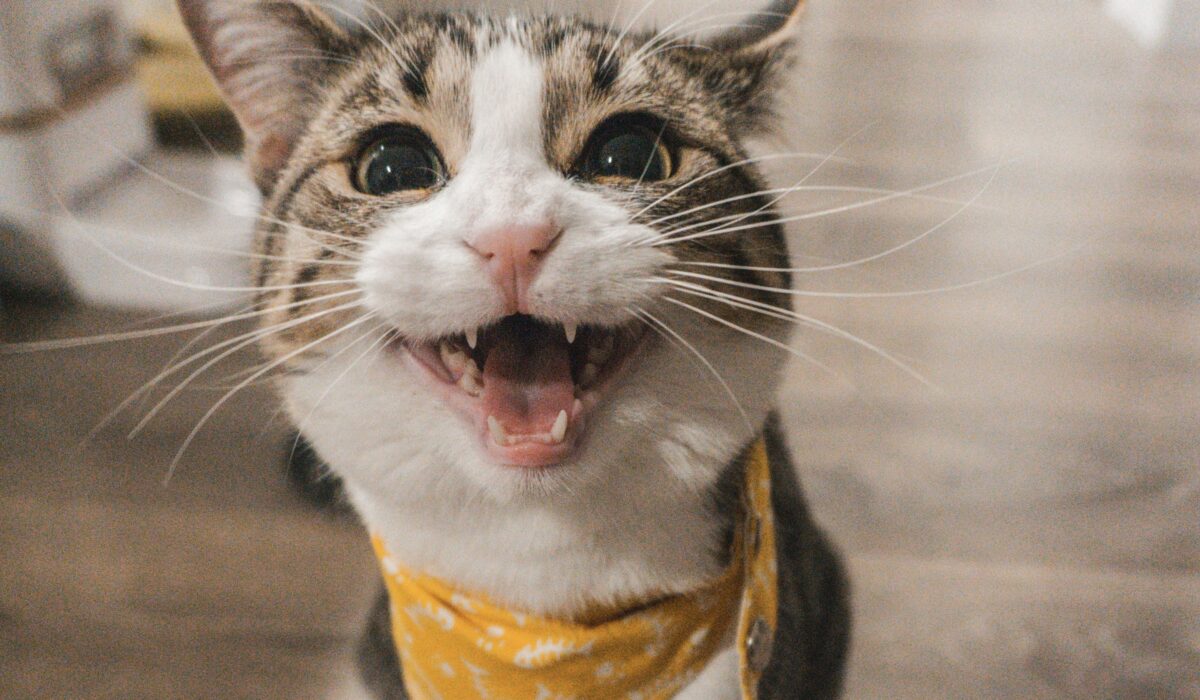Understanding Your Cat’s Emotions: A Guide for American Cat Owners
If you’ve ever wondered what’s going on behind those mesmerizing eyes when your cat stares at you, you’re not alone! Cats are incredibly expressive creatures, but their emotional language can be quite different from what we humans are used to. Learning to read your feline friend’s feelings will deepen your bond and help you become the best cat parent possible.
Your Cat Really Does Have Feelings
First things first: cats absolutely do have emotions. While they might not express them the same way dogs or humans do, cats experience a rich range of feelings including happiness, sadness, fear, anger, and even jealousy. The key is knowing how to spot these emotions in your furry companion.
Signs Your Cat Feels Loved and Happy
Purring is the most obvious sign of contentment, but did you know cats also show happiness through their eyes? A slow blink from your cat is like a kitty kiss – it means they trust you completely. Try giving them a slow blink back!
Kneading (that adorable thing where they push their paws against you or soft surfaces) is another clear sign of affection. This behavior stems from nursing as kittens, so when your adult cat kneads on you, they’re showing they feel safe and loved.
Head bumps and cheek rubs are your cat’s way of marking you as their favorite human. They have scent glands in their cheeks and forehead, so this behavior is both affectionate and territorial – you’re officially part of their family!
How Cats Show Sadness and Distress
Cats don’t cry tears like humans do, but they definitely show sadness in other ways. A sad cat might become more withdrawn, hide more often, or show less interest in playing or eating. You might notice them spending more time alone or sleeping in unusual places.
Changes in vocalization can also indicate distress. Some cats become more vocal when upset, while others go completely silent. Pay attention to your cat’s normal “talking” patterns so you can spot changes.
When Your Cat Stares at You
That intense stare doesn’t always mean your cat is plotting your demise! Cats stare for many reasons. Sometimes it’s pure affection – they’re simply enjoying looking at their favorite person. Other times, they might be trying to communicate a need (like “it’s dinner time, human!”).
However, if the stare is accompanied by flattened ears, dilated pupils, or a twitching tail, your cat might be feeling anxious or overstimulated. Give them some space and let them approach you when they’re ready.
Understanding Fear and Anxiety
Cats show fear through body language that’s pretty universal. A scared cat will make themselves look smaller by crouching low, tucking their tail under their body, and flattening their ears against their head. They might also hiss, growl, or try to hide.
Sitting with their back to you isn’t necessarily a sign of anger – sometimes it’s a cat’s way of showing they’re feeling overwhelmed and need a break from interaction while still wanting to be near you.
The Truth About Cats and Affection
Contrary to popular belief, most cats do enjoy affection from their humans! They just prefer it on their own terms. Some cats are natural cuddlers, while others show love through simply being in the same room as you.
Licking is a major sign of affection. When your cat licks you, they’re treating you like another cat in their family. That sandpaper tongue might not feel great, but it’s a huge compliment!
How Cats Sense Your Emotions
Here’s something amazing: cats are incredibly good at reading human emotions. They can pick up on your stress, sadness, and happiness through your voice, body language, and even scent. Many cats will offer comfort when their humans are crying by purring, sitting close, or gently touching with their paws.
Warning Signs to Watch For
Cats can be subtle about showing pain or illness, so dramatic changes in behavior should always be taken seriously. If your usually social cat suddenly becomes withdrawn, or if your quiet cat becomes extremely vocal, it might be time for a vet visit.
Aggressive behavior like hissing, swatting, or biting usually indicates fear, pain, or overstimulation rather than meanness. Try to identify what’s causing the stress and give your cat space to calm down.
Building a Stronger Emotional Connection
The best way to connect with your cat emotionally is to respect their boundaries and let them set the pace for interactions. Offer gentle pets, speak in soft tones, and always let them come to you rather than forcing attention on them.
Create a safe environment where your cat feels secure. This means consistent routines, quiet spaces they can retreat to, and plenty of vertical space like cat trees or shelves where they can observe their territory.
The Bottom Line
Your cat’s emotions might be expressed differently than a dog’s or human’s, but they’re just as real and meaningful. By learning to read their subtle signals, you’ll discover a whole new level of communication with your feline friend. Remember, every cat is unique, so take time to learn your specific cat’s emotional language.
The next time your cat gives you that slow blink, kneads on your lap, or even just chooses to nap in the same room as you, know that you’re witnessing their version of “I love you.” And honestly? That makes all those 3 AM zoomies totally worth it.
Understanding your cat’s emotions takes time and patience, but the reward is a deeper, more fulfilling relationship with your feline companion. Keep observing, keep learning, and most importantly, keep loving your amazing cat!


